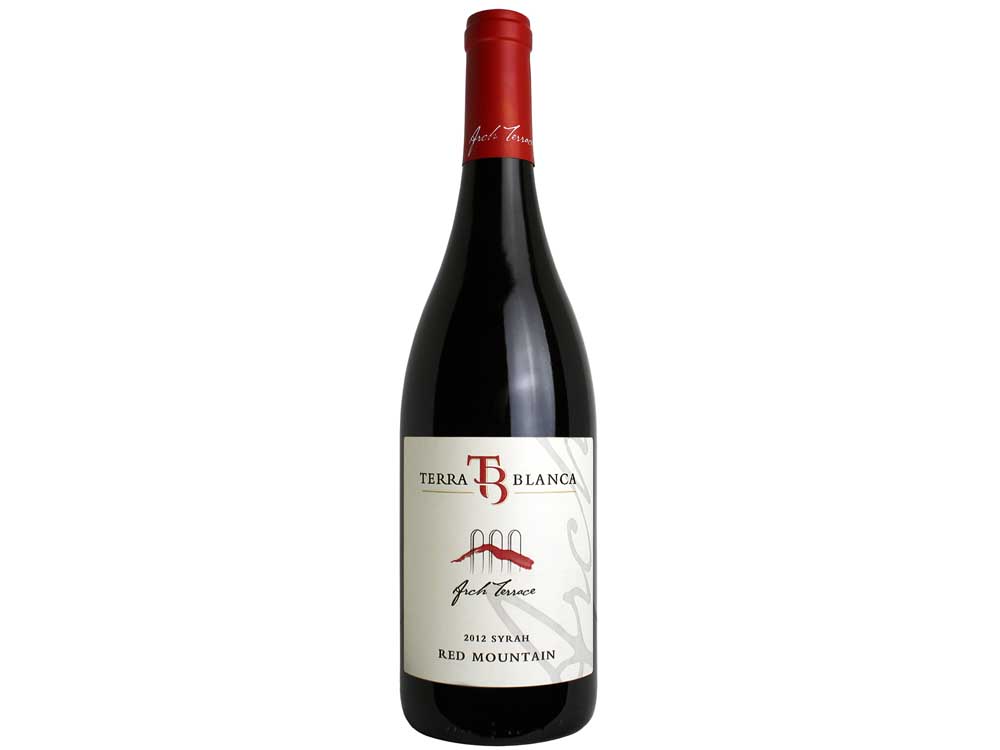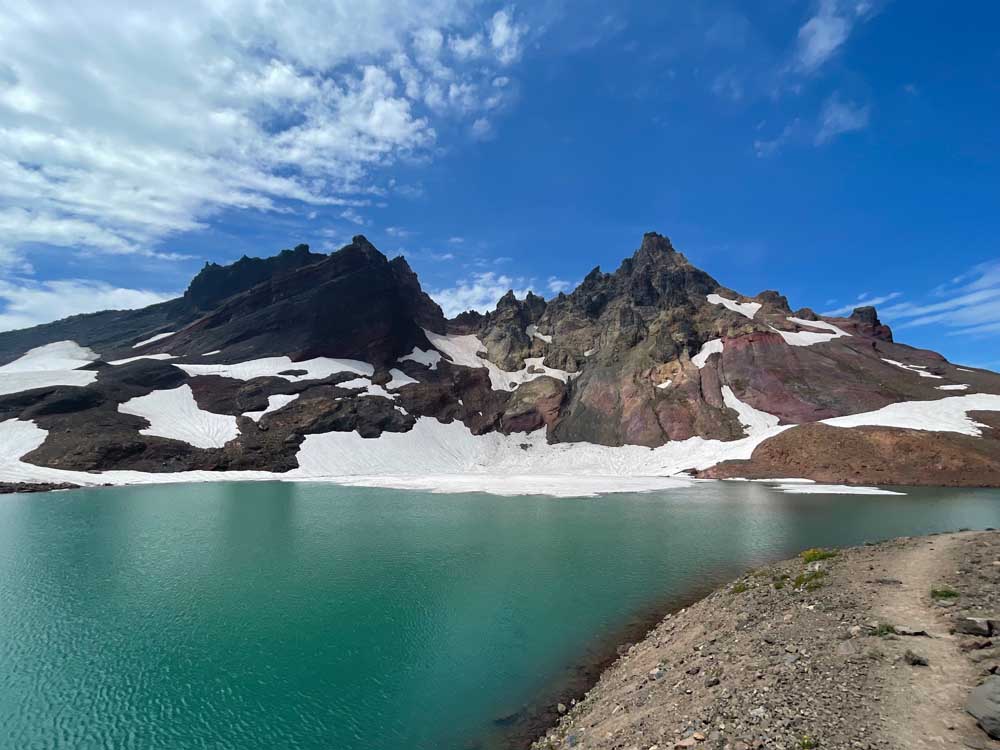Washington’s glacial hill produces outstanding cabernet and syrah
Published 12:00 am Thursday, September 22, 2016

- Submitted photoThe 2012 Arch Terrace Syrah ($25), by Terra Blanca, is a blend of three northern Rhône clones with a 1 percent mix of viognier. With the region’s trademark white pepper spicing the palate, it features overtones of blueberry and huckleberry that make it a good wine with lamb or duck.
If you’re a wine lover, you may have heard of Red Mountain. The tiny viticultural area, located at the eastern edge of the Yakima Valley just outside of Washington’s Tri-Cities, is acclaimed worldwide for the red wines it produces.
These are big reds: tannic wines with concentrated flavors, particularly cabernet sauvignons, merlots and syrahs. There are just 22 vineyards on the 4,040 cultivated acres of this ice-age hill (the name “mountain” is a misnomer), yet they consistently earn the highest ratings — and prices — of any Northwest reds, with the possible exception of Oregon pinot noirs.
Trending
Geologists say Red Mountain’s unique terroir is a direct result of the Lake Missoula floods of 10,000 to 12,000 years ago. The repeated breaks of ice dams deposited sandy soils, high in alkaline and calcium carbonate content, on the shoulder of a shallow, southwest-facing ridge. High in trace minerality, the soils have a granular consistency that enables root systems to grow deep for nutrients and moisture.
Red Mountain’s orientation allows for maximum sunlight exposure, allowing vines to retain more heat during 90-degree summer days. Cooler (50-degree) evenings enable grapes to retain acidity for better balance and structure in the wines they produce. Rainfall is low, about 6 inches annually; consistent breezes thicken grape skins and concentrate the flavors of the fruit.
Terra Blanca
“We cut off most irrigation in late spring to stress the vines,” said Terra Blanca owner-winemaker Keith Pilgrim. “We do just enough drip irrigation to keep the vines alive.” This forces the grapes to focus not on their size but their reproduction — thus, he said, tighter clusters that are picked by hand, not by machine, at harvest.
Pilgrim and his wife, ReNae, started Terra Blanca in 1993 when they bought a hillside of sagebrush and bunchgrass at the foot of Red Mountain, just outside the small town of Benton City. Keith, who had grown up near Napa, California, and studied winemaking at the University of California, Davis, was drawn to the virgin land planted fewer than 20 years earlier.
Terra Blanca now is one of the most successful of the 11 Red Mountain wineries; others include Hedges, Kiona, Col Solare and Fidélitas. The winery’s annual production is about 35,000 cases.
Trending
On 100 acres in full production, Pilgrim told me, he is growing 47 separate varietals and clones thereof. Cabernets (sauvignon and franc), merlot, syrah, malbec, sangiovese and petit verdot highlight the reds, while chardonnay, riesling, sauvignon blanc, viognier, roussanne and chenin blanc are the leading whites.
Reds are aged exclusively in toasted French oak for periods ranging from 20 to 32 months, Pilgrim said. They are kept in two wine caves — kept at 58 degrees with 91 percent humidity year-round — that cover 13,000 square feet underground.
I sampled a flight of Terra Blanca’s Arch Terrace series of wines, which retail at the modest prices of $18 to $28 per bottle. I was particularly impressed by the 2012 Arch Terrace Syrah ($25), a blend of three northern Rhône clones with a 1 percent dash of viognier.
With the region’s trademark white pepper on the palate, it features overtones of blueberry and huckleberry that would make this a good wine for lamb, pork or duck.
The 2012 Arch Terrace Cabernet Sauvignon ($25), including a 7 percent blend of merlot, has rich black cherry and cassis flavors.
The 2012 Arch Terrace Cabernet Franc ($28) was a lighter vintage with cherry accents.
The 2015 Arch Terrace Rosé ($18) is made from sangiovese and cabernet franc and is a nice sipping wine with a dry finish.
Higher up the price scale, the 2012 Signature Series Merlot ($42) has dark plum and blackberry flavors. The 2012 ONYX blend ($55) features five grapes, predominantly cabernet sauvignon (59 percent), and is an excellent choice with steaks and other meat dishes.
Kiona and Cooper
Red Mountain grapes were pioneered in the 1970s by John Williams of Kiona Vineyards. Today, his winemaker son, Scott, and businessman grandson, J.J., sell Kiona wine in 42 states.
“We produce 30,000 cases a year from 260 acres on Red Mountain and another 100 in Kennewick,” J.J. Williams told me during a sampling of his Red Mountain Reserve — a blend of cabernet sauvignon with merlot, malbec, petit verdot and cabernet franc.
The younger Williams spoke of the unique flavor of grapes from this particular region.
“A cabernet grown on Red Mountain is going to taste more like a merlot grown on Red Mountain than a cabernet grown in Bordeaux,” he said.
Down the hill at the Cooper Winery, proprietor Neil Cooper talked to me about his delicious cabernets and blends. Like other area winemakers, he credited the unique geology and the warm, dry climate with providing the elements for successful growing.
— John Gottberg Anderson specializes in Northwest wines. His column appears in GO! every other week. He also writes for our food section.








